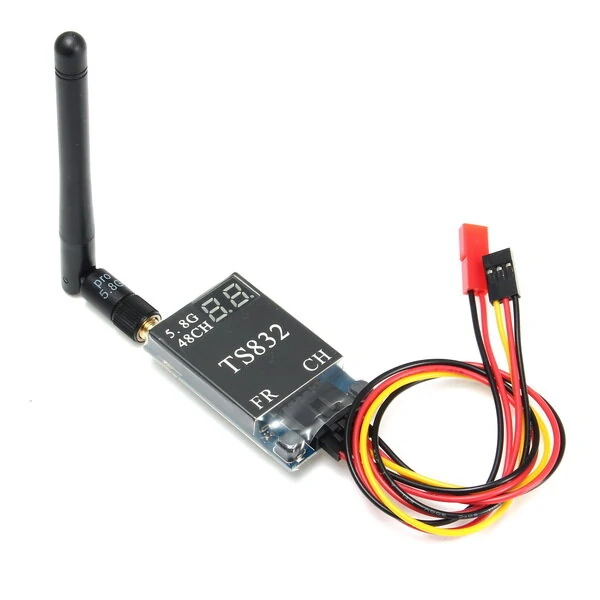- Joined
- Feb 17, 2020
- Messages
- 34
- Reaction score
- 2
- Age
- 44
Guys, I may have messed up, but not totally sure. I bought the transmitter I will link below. Unfortunately I may have made a really stupid move it and I removed the plastic around it before realizing everyone in every how to video kept it on and attacted tape to it.i don't know if that's necessary or if I should just put tape on the board, I suppose it wouldn't matter aside from any potential heat it may give off.
Furthermore, my cabling appears different than in the videos I see. I cant so far figure out where to attatch the cables, can someone give me some pointers? I will include pictures of the PCB in the phantom 2 vision. Videos I see connect it to "cam" but the included plug does not fit. Additionally, the how to videos I see have one cable connecting to the drone and 2 connecting to the transmitter. I seem to have the opposite.

 m.banggood.com
m.banggood.com
Furthermore, my cabling appears different than in the videos I see. I cant so far figure out where to attatch the cables, can someone give me some pointers? I will include pictures of the PCB in the phantom 2 vision. Videos I see connect it to "cam" but the included plug does not fit. Additionally, the how to videos I see have one cable connecting to the drone and 2 connecting to the transmitter. I seem to have the opposite.

[US$27.00~50.00 55% OFF] Eachine TS832 Boscam FPV 5.8G 48CH 600mW 7.4-16V Wireless Transmitter for RC Drone FPV Racing RC Parts from Toys Hobbies and Robot on banggood.com
Eachine TS832 Boscam FPV 5.8G 48CH 600mW 7.4-16V Wireless Transmitter





